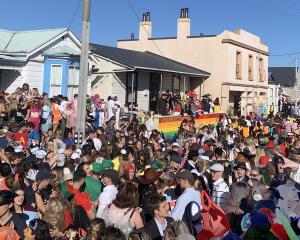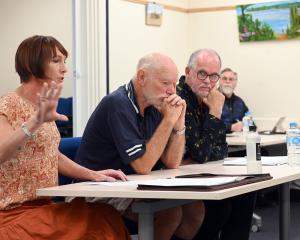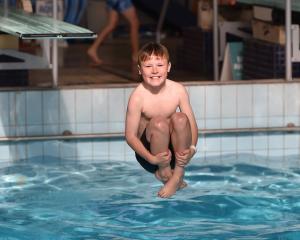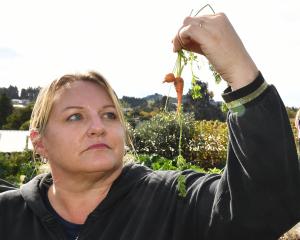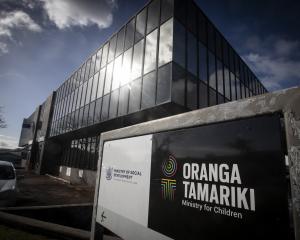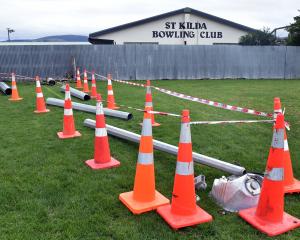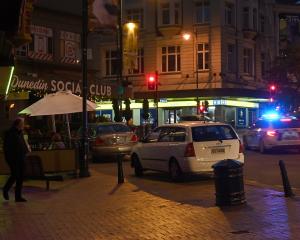A terrifying medical emergency has prompted calls for wider cellphone coverage in one of Dunedin’s outer suburbs.
An Ocean Grove woman, who did not want to be named, said she was walking along Tomahawk Beach when she experienced a stroke.
She did not know she was having a stroke, but had difficulty walking and felt something was wrong with her body.
She tried to use her cellphone to call her family for help, but had no coverage.
The woman walked up to the road where her husband found her on his way back from town.
She felt lucky the stroke was not more severe and was worried as to what would have happened had she passed out on the beach while the tide was coming in.
"It definitely hit home when I was in that situation and I couldn’t contact anyone."
The woman used 2degrees, but said all providers had problems with coverage in the area.
"I’ve seen my neighbour standing on the roof trying to get coverage before."
She said she would not go to the beach or any isolated areas without coverage alone anymore.
Otago Peninsula Community Board chairman Paul Pope said the community had been struggling with "diabolical" coverage for years.
He thought the state of the coverage was ridiculous considering there was a proposed housing development which would create 49 sections in the area.
"It’s a beautiful area to live, but there’s no coverage."
2degrees chief technology officer Martin Sharrock said it was aware its coverage was limited.
It was looking at areas for which to improve coverage, but geographical limitations made things difficult.
Any 2degrees customer could call 111 on a different network if there was no 2degrees coverage, Mr Sharrock said.
A Spark spokeswoman said its coverage in Ocean Grove was patchy due to the hilly terrain, which restricted the signal from the cell site at Andersons Bay.
There were no plans to build another site near Ocean Grove.
New Zealand had a challenging geography and population spread and it was hard to meet all the requests for coverage improvements, she said.
A Vodafone spokeswoman said it offered 2G and 3G coverage for Tomahawk Beach, but cellphone signals could be interrupted by land features such as large trees or hills.
Vodafone had already built more than 260 new rural cellphone sites across the country, each site costing between $250,000 and $1million to construct.
- Do you live in an area with restricted cellphone coverage? Contact reporters@odt.co.nz.




